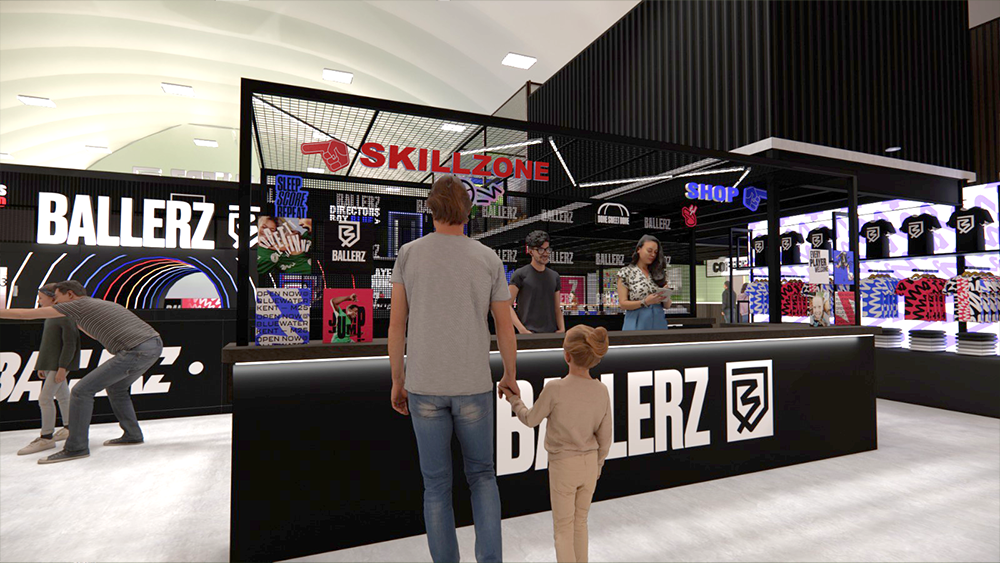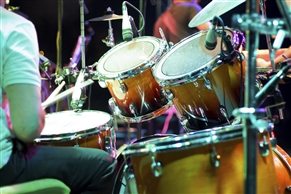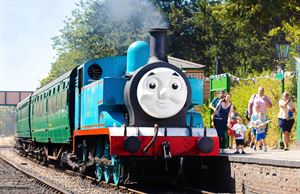Potty training tips from Jo Wiltshire, Childcare.co.uk's parenting expert
It takes a lot of training and encouragement to get your toddler to use the potty correctly.
Jo Wiltshire, Childcare.co.uk's parenting expert and author of The Potty Training Bible (White Ladder, £6.99), says: "There's no 'right time' to start potty training. What's important is picking the right way for you - what suits your lifestyle and your child's personality and development.
"Most experts suggest the majority of children are physically ready to begin toilet training between 18 months and three years. However, this doesn't necessarily mean they're psychologically or intellectually ready.
"Parents tend to wait until the child is more likely to physically and mentally anticipate the need to 'go', and may wait until around two or two and a half, or later.
"Signs your child might be ready include being able to tell when they're about to urinate or have a bowel movement by their facial expressions, posture or what they say; your child staying dry (in their nappy) for at least two hours; your child having regular bowel movements.
"Also, can your child follow simple instructions? Can they cooperate? Are they uncomfortable in a dirty nappy? Do they recognise when they have to 'go', and tell you? Do they ask to use a potty or toilet, or want to wear normal underwear?
"Once you've observed the key signs and feel ready to go, stock up on your armoury of equipment, including more than one potty, toilet booster seats and steps, a plastic 'mucky mat', biological carpet stain remover, fun underwear and loose, easily-removed clothing, and pick an approach."
POTTY TRAINING METHODS TO TRY...
In the early days: Anticipate your baby's need to go from a list of cues, pick them up, and hover them over the potty while making an association noise such as 'sss' or 'psss'. This eventually leads to the child relying less and less on the parent.
The quick way: A short sharp method is better for a slightly older baby who's already exhibited a willingness to judge their own needs. They should be able to sit unaided on a potty and pull down clothing. It involves an intensive, in-at-the-deep-end approach with no nappy or pull-up use from day one, and lots of positive reinforcement.
A structured method: This involves a more detailed plan of how to structure potty usage around meal and nap/sleep times, with lots of repetition and reward. It tends to generate fast results, but is a longer-term and more gradual plan.
The gentle approach: For slightly older children of two-and-a-half or more, this is more child-centred and has the advantage that older children are easier to train, have fewer accidents and are more dextrous with clothing. But a child can get so used to the safety net of a nappy that they feel little incentive to use a loo.




